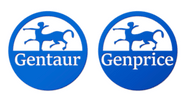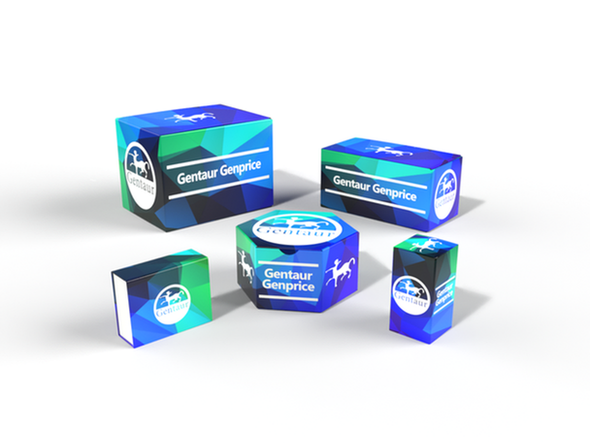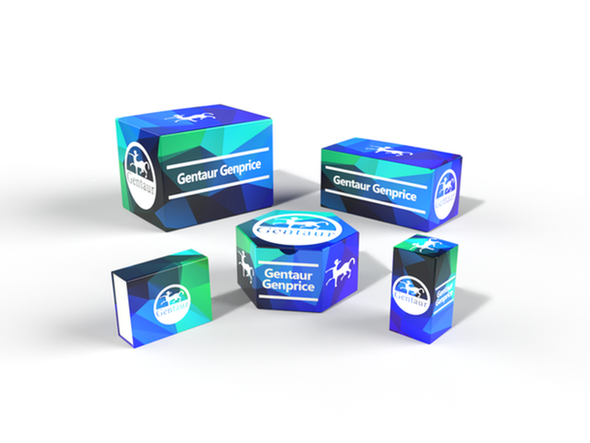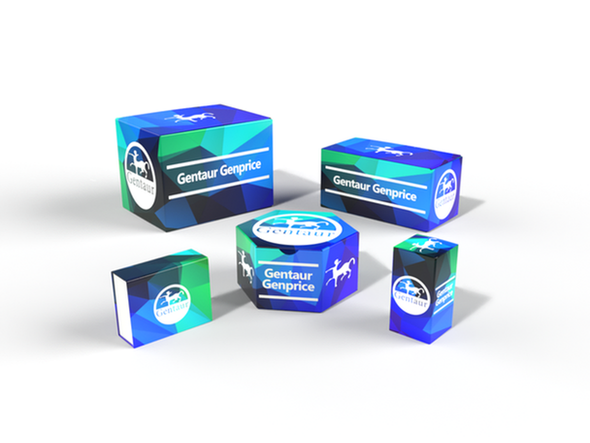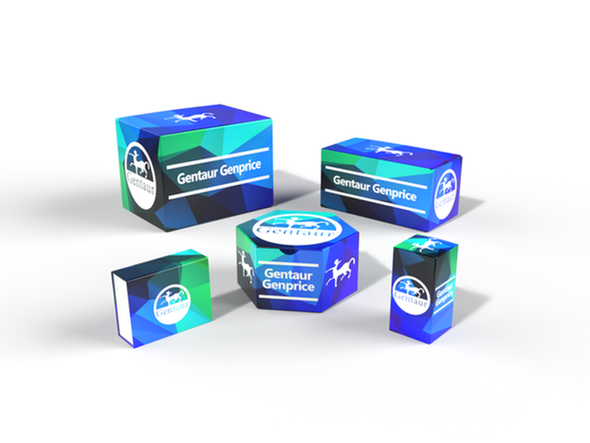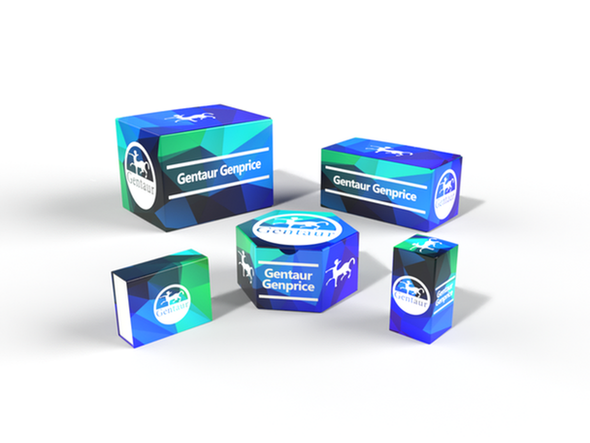740
Human Tumor necrosis factor receptor superfamily member 14 (TNFRSF14) ELISA Kit | AE14011HU
- SKU:
- 740-AE14011HU
- Availability:
- Usually ships in 5 working days
Description
Human Tumor necrosis factor receptor superfamily member 14 (TNFRSF14) ELISA Kit | AE14011HU | Gentaur UK, US & Europe Distribution
Species Reactivity: Human (Homo sapiens)
Abbreviation: TNFRSF14
Alternative Name: RP3-395M20.6; ATAR; HVEA; HVEM; LIGHTR; TR2; CD40-like protein|herpesvirus entry mediator A|tumor necrosis factor receptor superfamily; member 14|tumor necrosis factor receptor-like gene2
Application: ELISA
Range: Request Information
Sensitivity: Request Information
Intra-Assay: ≤7.2%
Inter-Assay: ≤10.7%
Recovery: 1, 05
Sample Type: Serum, Plasma, Other biological fluids
Detection Method: Sandwich
Analysis Method : Quantitive
Test Principale: This assay employs a two-site sandwich ELISA to quantitate TNFRSF14 in samples. An antibody specific for TNFRSF14 has been pre-coated onto a microplate. Standards and samples are pipetted into the wells and anyTNFRSF14 present is bound by the immobilized antibody. After removing any unbound substances, a biotin-conjugated antibody specific for TNFRSF14 is added to the wells. After washing, Streptavidin conjugated Horseradish Peroxidase (HRP) is added to the wells. Following a wash to remove any unbound avidin-enzyme reagent, a substrate solution is added to the wells and color develops in proportion to the amount of TNFRSF14 bound in the initial step. The color development is stopped and the intensity of the color is measured.
Product Overview: Tumor necrosis factor receptor superfamily member 14 is a member of the TNF-receptor superfamily. This receptor was identified as a cellular mediator of herpes simplex virus (HSV) entry. Binding of HSV viral envelope glycoprotein D (gD) to this receptor protein has been shown to be part of the viral entry mechanism. The cytoplasmic region of this receptor was found to bind to several TRAF family members, which may mediate the signal transduction pathways that activate the immune response.In melanocytic cells TNFRSF14 gene expression may be regulated by MITF.Widely expressed, with the highest expression in lung, spleen and thymus.
Stability: The stability of ELISA kit is determined by the loss rate of activity. The loss rate of this kit is less than 5% within the expiration date under appropriate storage condition. The loss rate was determined by accelerated thermal degradation test. Keep the kit at 37°C for 4 and 7 days, and compare O.D.values of the kit kept at 37°C with that of at recommended temperature. (referring from China Biological Products Standard, which was calculated by the Arrhenius equation. For ELISA kit, 4 days storage at 37°C can be considered as 6 months at 2 - 8°C, which means 7 days at 37°C equaling 12 months at 2 - 8°C) .
